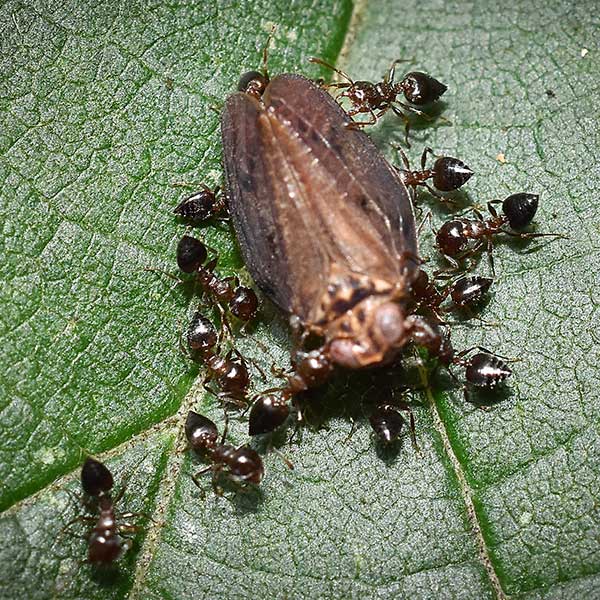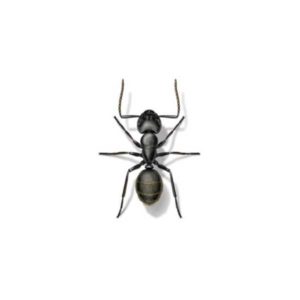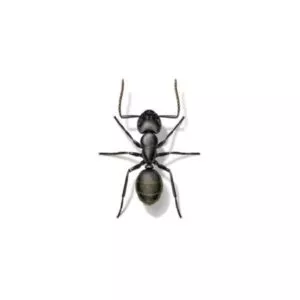Acrobat Ants in Central and Eastern Virginia
Acrobat ants are known to invade homes and businesses across Virginia. When disturbed, workers raise their abdomen above their heads, looking like tiny gymnasts. Hence, the name acrobat ants. These ant pests do not nest in sound wood but are instead found in damp or rotting wood. Acrobat ants prefer honeydew, which is produced by aphids. They practice mutualism, which means they tend aphids and feed on the honeydew produced. Their presence, whether indoors or outdoors, indicates decaying wood.
Acrobat Ant Habitat
When nesting outdoors acrobat ants prefer to live in trees. They sometimes take over a single tree, however, large colonies can spread to neighboring trees. Acrobat ants eat sugary substances, proteins, and dead insects. When found nesting in a home, these ants infest damp or rotting wood, often around windows and drain spouts. Entering homes through small cracks and crevices, electrical lines, and tree limbs, acrobat ants can become a real nuisance. When foraging for food, these ant pests prefer kitchen cabinets and pantries.
Acrobat Ant Behaviors, Threats, or Dangers
Worker acrobat ants have been known to bite aggressively and release an offensive odor when disturbed. Mild reactions are common and may last from a few hours to a few days. They may nest in trees on the homeowner’s property or in decayed wood around the home in places like porches and eaves. Acrobat ants can create safety risks when they invade homes. They construct nests in woodwork and insulation, and due to their ability to strip the insulation off of wires, they can cause short circuits, creating a fire hazard. If an acrobat ant infestation is suspected, it is recommended to contact a professional ant exterminator.
Need help with Acrobat Ants?
Get started with a FREE quote!




